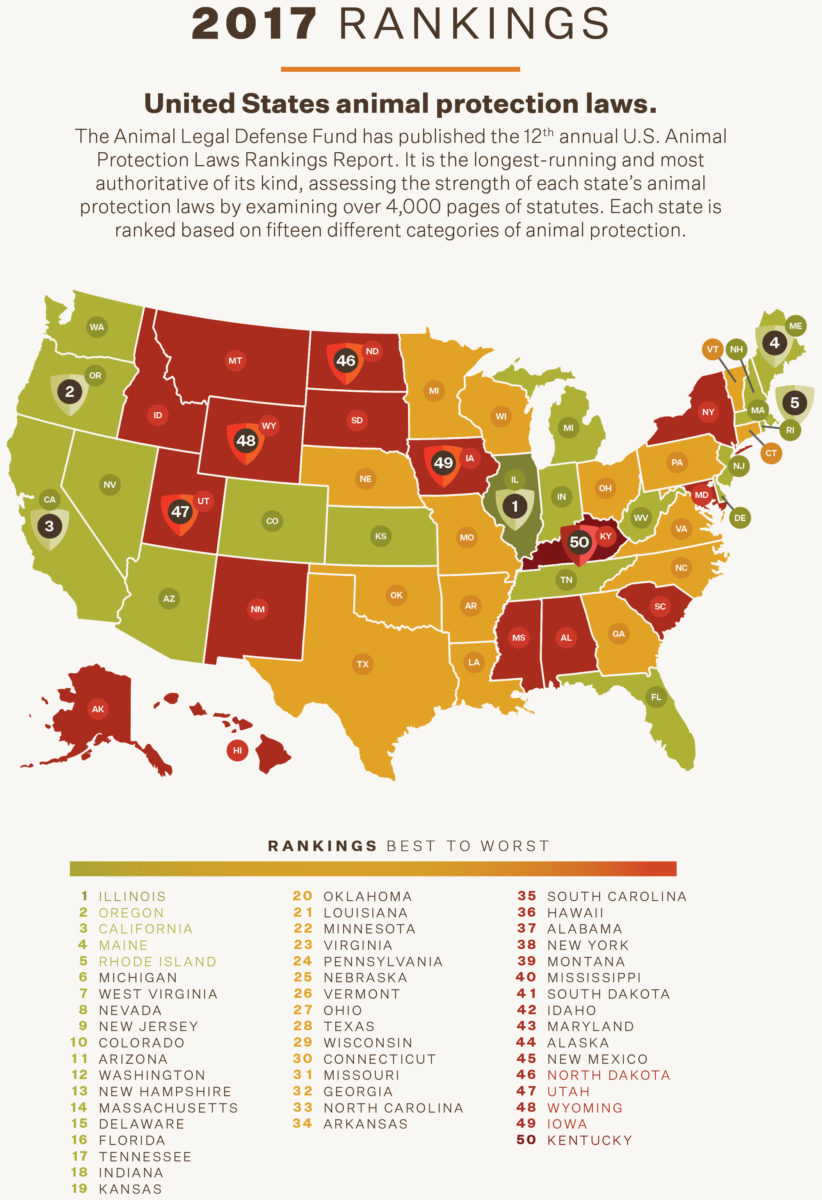In recent years, the conversation surrounding animal welfare has gained unprecedented attention, particularly regarding the legal ramifications of animal cruelty. In California, the landscape of legal rights for animals is both complex and evolving. Understanding whether animal cruelty constitutes a felony in California requires not only a grasp of the legal definitions but also an exploration of the broader implications for animal rights activists and society at large.
Animal cruelty is generally defined as the intentional act of inflicting harm, suffering, or neglect upon an animal. Within the state of California, the legal framework addressing such cruelty is codified primarily within the Penal Code. Specifically, California’s legislation categorizes animal cruelty under Section 597, which delineates various acts that constitute cruelty. Among these are physical abuse, neglect, and abandonment. The law aims to protect domesticated animals, along with wildlife, thus acknowledging the intrinsic value of animal life.
To discern the classification of animal cruelty as a felony, one must delve into the details. Under California Penal Code Section 597, there are instances wherein acts of animal cruelty can lead to felony charges, particularly if the offense involves egregious conduct resulting in severe injury or death to an animal. This bifurcation between misdemeanor and felony is critical in understanding the legal consequences faced by offenders. In essence, if the act of cruelty is considered willful, malicious, and results in significant harm or death, it may escalate to a felony charge, with penalties that could include substantial fines and imprisonment.
For lesser offenses, however, the law often applies misdemeanor classifications. This highlights a significant area of contention among animal rights advocates, who argue that the penalties do not adequately reflect the severity of the offense. For example, a person found guilty of neglect, where an animal suffers from starvation or dehydration, may face lesser consequences than those inflicted by physical abuse. Such discrepancies raise questions about societal values and the moral obligations we hold regarding animal welfare.
Furthermore, California law also addresses “aggravating circumstances” which can influence the legal proceedings. These circumstances might include prior offenses, the number of animals involved, or the severity of the inflicted injury. Such factors work in tandem with the nature of the act to guide the judicial system in rendering a conviction. Even within the scope of animal protection laws, those who perpetuate cruelty can often exploit loopholes, raising the alarm about the necessity for more robust legal frameworks.
Interestingly, California boasts a variety of animal welfare organizations dedicated to advocacy and reform. These organizations actively campaign not only for stronger penalties against offenders but also for comprehensive laws that encapsulate the full spectrum of animal rights. They emphasize the need for educational outreach programs that inform the public on responsible pet ownership and humane treatment of animals. The paradigm shift sought by these activists goes beyond punitive measures; they desire a societal evolution toward empathy and stewardship for all living beings.
The legal rights of animals in California extend further into the domain of humane treatment, particularly within industries involving animals, such as agriculture and entertainment. The state has implemented laws aimed at regulating the treatment of livestock and performing animals. These regulations reflect an acknowledgment that animals are sentient beings deserving of a certain quality of life—contestable, but nonetheless significant to the discourse on animal rights.
Another dimension to consider is the psychological implications of cruelty on both the victimized animals and the perpetrators. Numerous studies explore the correlation between animal cruelty and antisocial behavior in humans. Recognizing this troubling relationship prompts an inquiry into prevention: how can society implement measures to effectively deter cruelty before it manifests? The answer may involve an understanding of the treatment and rehabilitation of offenders, as well as community education concerning the ethical dimensions of animal companionship.
In recent legislative sessions, California lawmakers have proposed various bills intended to strengthen existing animal cruelty laws. Among these proposals are initiatives that aim to increase penalties for repeat offenders, impose mandatory counseling, and provide funding for animal rescue organizations. The very existence of these proposals signals an evolving attitude toward animal rights among policymakers—however, the challenge lies in translating these proposals into enforceable laws that truly reflect a commitment to animal welfare.
In conclusion, while California’s legal framework regarding animal cruelty does permit felony charges under certain circumstances, the broader implications urge a reevaluation of how society perceives the rights of animals. The task is not merely to punish offenders, but to cultivate a culture rooted in compassion and respect for all creatures. As advocacy for animal rights continues to grow, it is imperative to remain engaged in dialogue, fostering an environment where animals are recognized not merely as property, but as beings deserving of care and protection. The ongoing journey toward justice for animals invites intrigue and accountability, not just from the legal system, but from each of us, as we navigate our roles within the larger tapestry of life.








